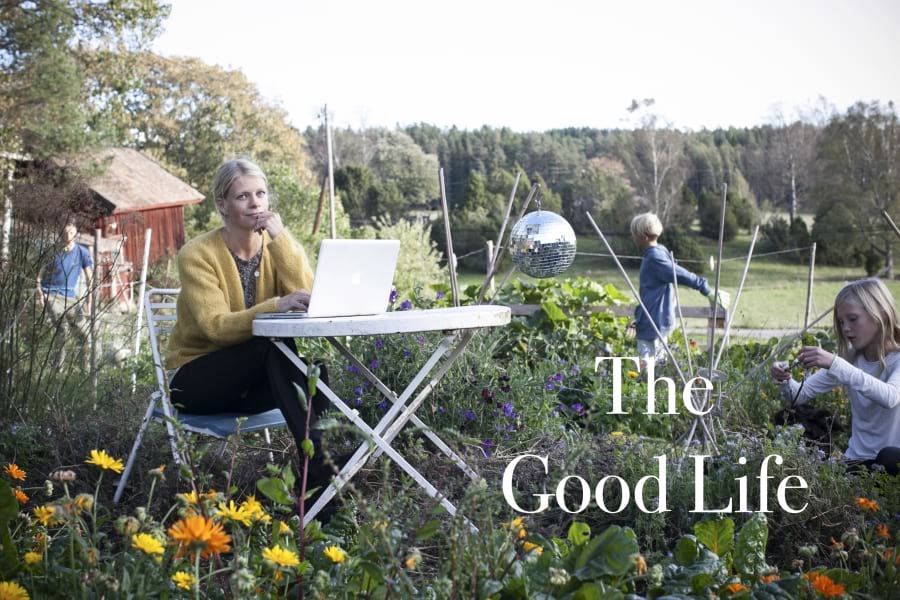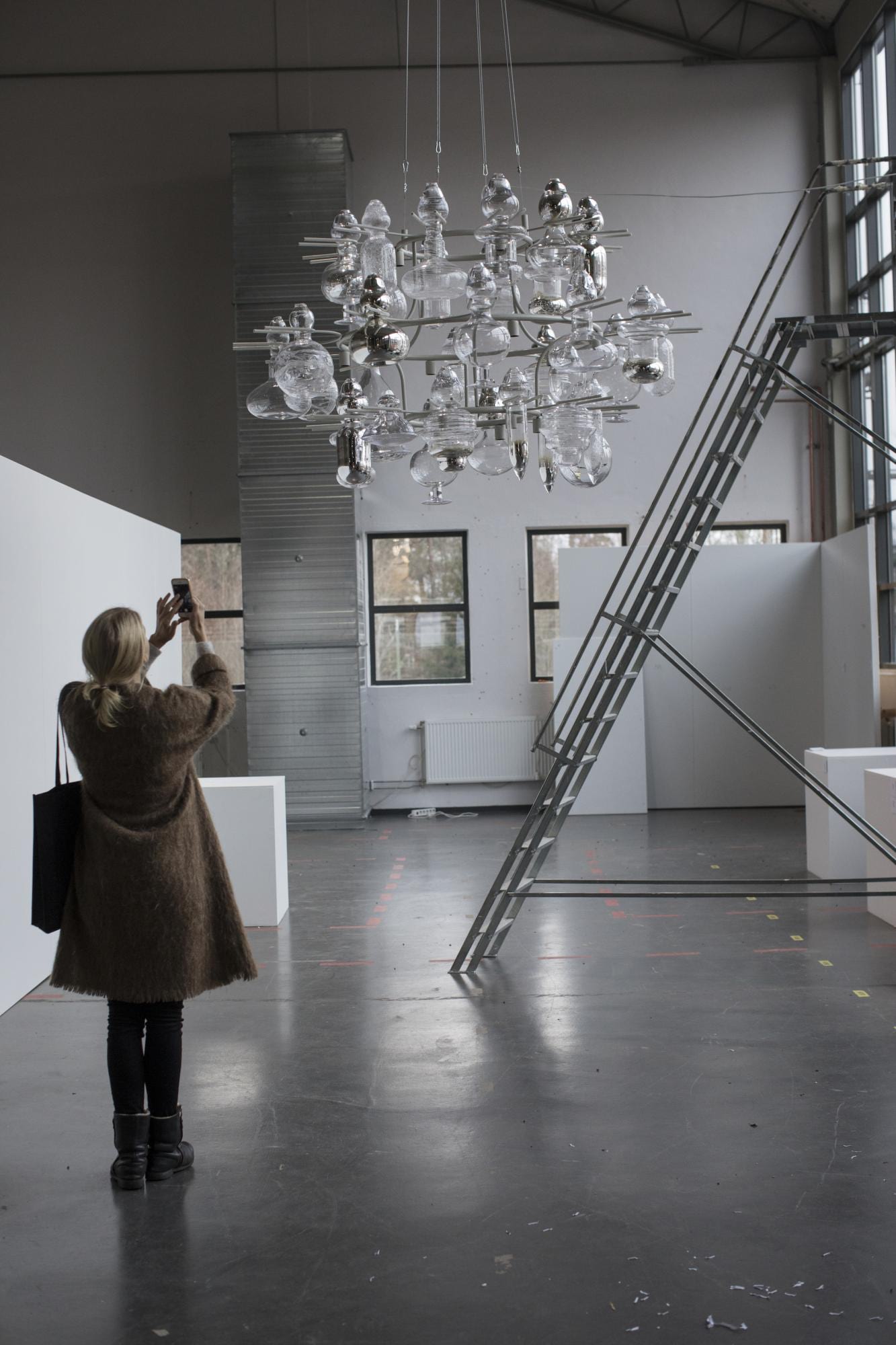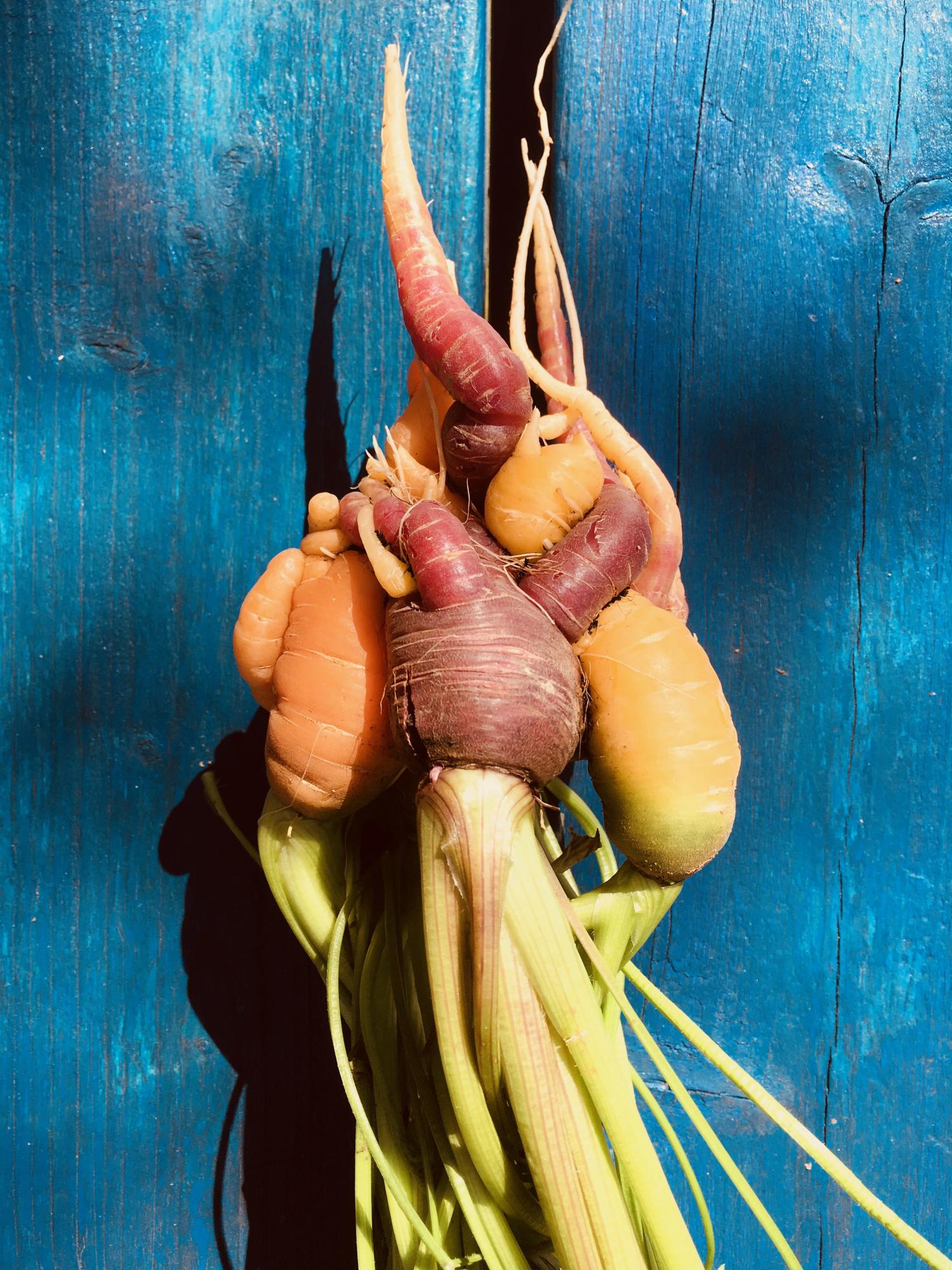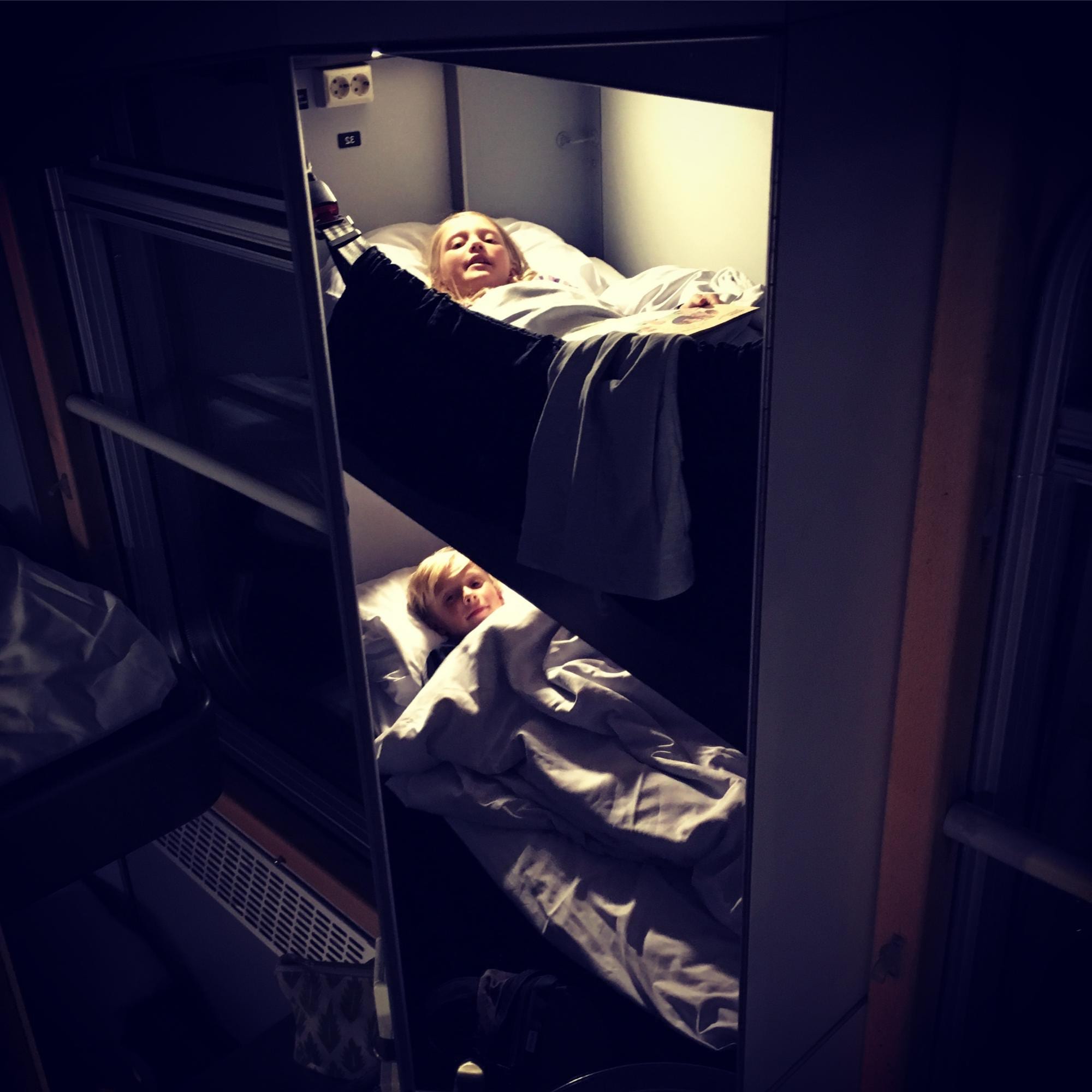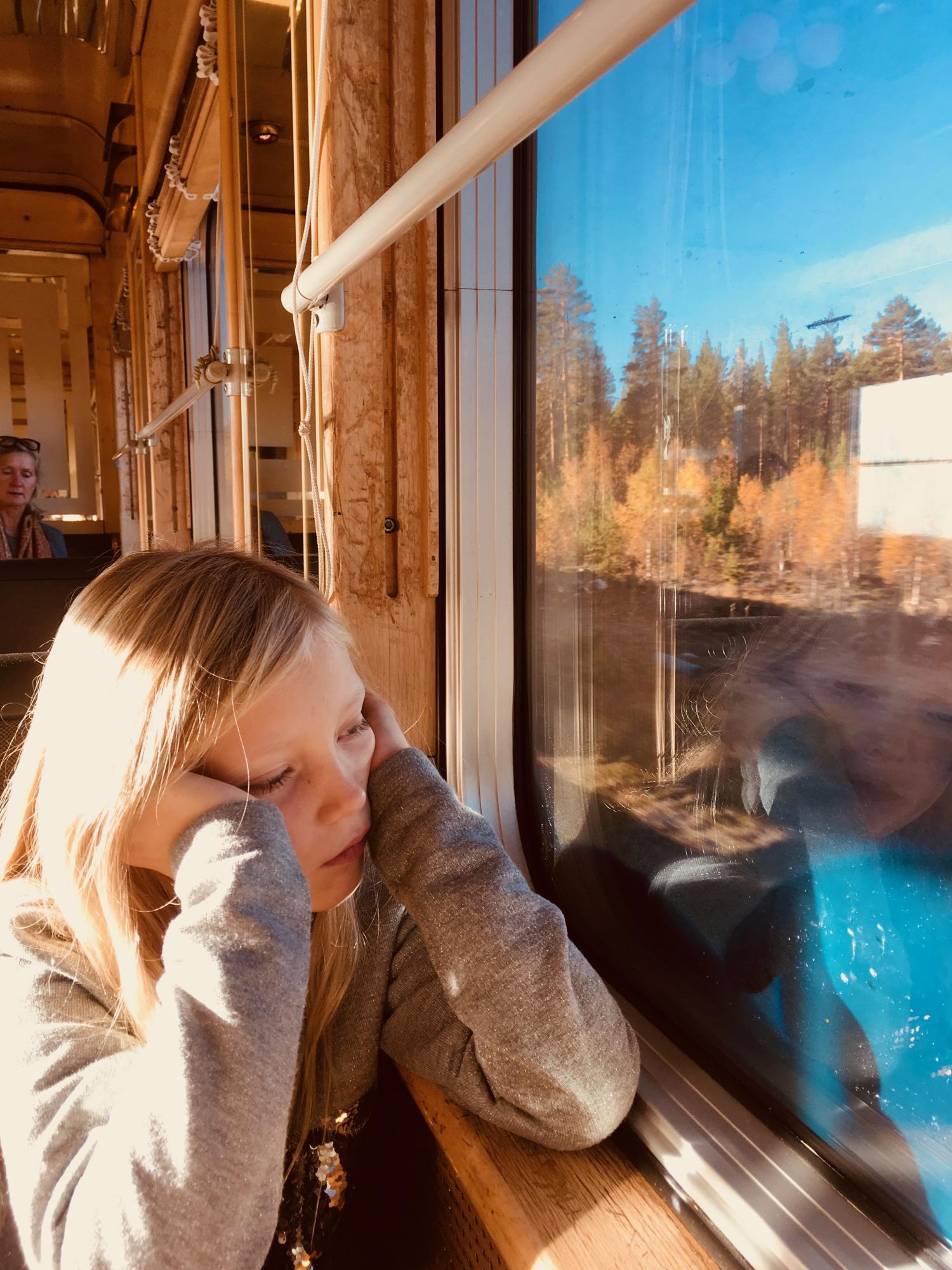A distinct drawback of living in a different country from most of your family is that babysitting opportunities are few and far between. Having as many children as we do also rather reduces the pool of people prepared to take on the job, so when my mother was visiting last week we grabbed the chance and snuck off for a rare grown-up night in the big city.
I'd stayed one night at Hobo Stockholm on Brunkebergstorg on a press trip last year and their outstanding breakfast has remained a happy memory ever since. I regard pretty much any hotel breakfast as one of life's great pleasures, but Swedish ones can be a bit samey and limited if you're not into pickled herring and raw peppers first thing. Hobo's mini cheesy egg muffin/soufflé things were calling to me so I snapped up their "Movie Sunday" deal, which includes a night in a superior room, the aforementioned breakfast, plus popcorn and movie tickets - all for 1090 SEK.

What is this hipster hell? I could see Joe thinking as he took in the hydroponic plants and photo booth in the lobby, the pop music on ear-bleed volume and various niche products for sale in their mini-shop. Hobo's uber trendy but it's also fun, unpretentious, centrally located and I'm not sure there's any other city centre hotel in Stockholm where you can get a huge room with panoramic views of the skyline for under a hundred British pounds.
I'm such a sucker for a deal that I forget to ask myself whether or not I (or Joe) actually wanted to go to the movies but the SF tickets laid on our beds were valid for a year, so the pressure was off and we decided to wander the Stockholm streets in a haze of giddy child-free bliss instead.

Popcorn that is in no way Indian
Lazy/knackered parents that we are, we decided to eat in the hotel restaurant (hey, it was Sunday) and were glad we did as the slow-cooked lamb with creamy, dill-y beans, grilled salad (who knew hot cucumbers were a thing?) and chargrilled hunk of bread (also a thing) were all delish. It also turned out that our deal included 20% off the food and drinks bill which Joe, being Scottish, was especially pleased about.
The breakfast buffet the next morning was every bit as classy and creative as I remembered. Chia pudding with vanilla, cold-pressed beetroot juice and, praise the Lord, those little eggy muffins, topped with smoked salmon. A cracking way to start the week.
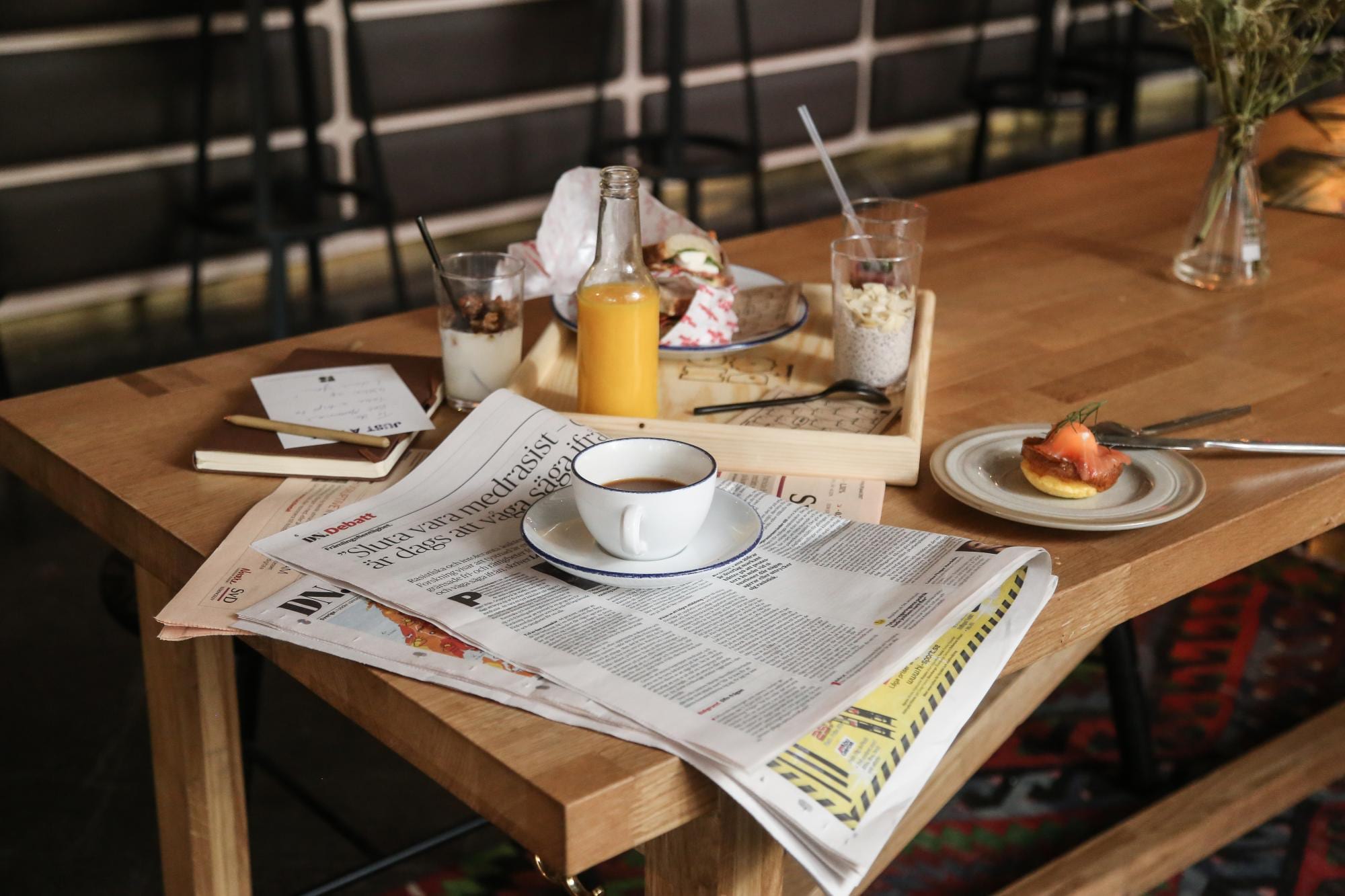
Breakfast bliss

